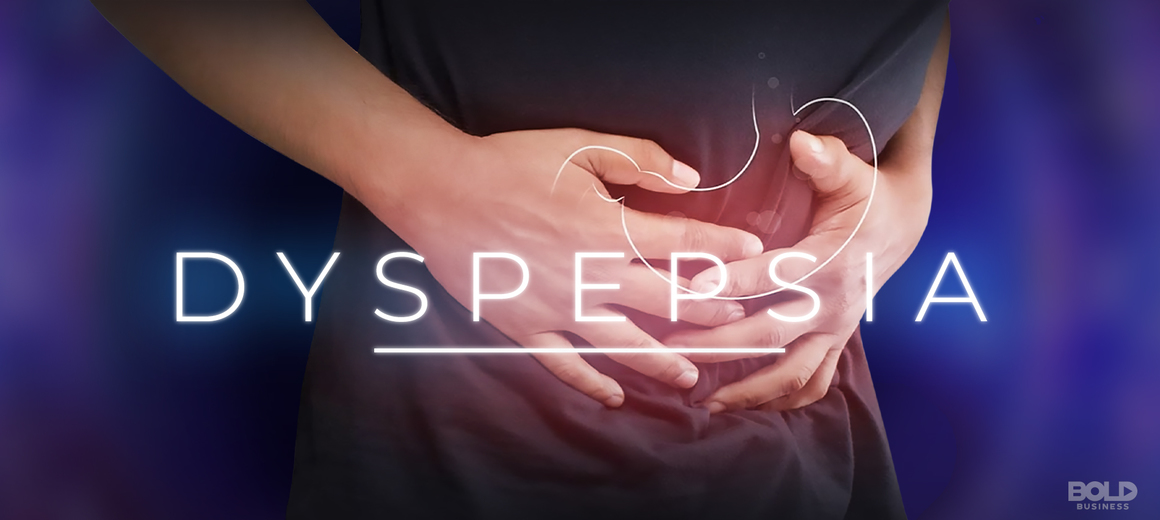
What is Dyspepsia?
Indigestion, also known as dyspepsia, is a term used to describ5 one or more symptoms including a feeling of fullness during meal, uncomfortable fullness after a meal, and burning or pain in the upper abdomen. Indigestion is common in adults and can occur once in a while or as often as every day. Most people with indigestion experience more than one of the following symptoms:
Fullness during a meal: The person feels overly full soon after the meal starts and cannot finish the meal.
Bothersome fullness after a meal: The person feels overly full after a meal—it may feel like the food is staying in the stomach too long.
Epigastric pain: The epigastric area is between the lower end of the chest bone and the navel. The person may experience epigastric pain ranging from mild to severe.
Epigastric burning: The person feels an unpleasant sensation of heat in the epigastric area.
Other, less frequent symptoms that may occur with indigestion are nausea and bloating—an unpleasant tightness in the stomach.
Avoid the foods listed below:
1.Coffee, tea, and soft drinks that contain caffeine
2.Citrus juices and drinks, such as orange, grapefruit, lemon, lime, pineapple
3.Food that is very hot or very cold
4.Fatty or fried foods
5.Peppermint or spearmint, including flavoring
6.Spicy, highly seasoned foods
7.Tomato-based dishes, such as spaghetti with sauce, chili, and pizza
Chocolate and sweets, if they cause symptoms
Lifestyle Changes to Reduce symptoms
1.Avoid foods and drinks that trigger symptoms
2.Eat 5 or 6 small meals during the day, not 3 large ones
3.Eat slowly-take small mouthfuls and chew well
4.Avoid late evening snacks
5.Avoid tobacco in any form.
6.Avoid alcohol.
7.Avoid wearing tight clothes across your waist, stomach, or abdomen.
8.Lose weight if you are overweight. Obesity can increase reflux.
9.Raise the head of your bed 6 to 8 inches.
10.Take your medicines exactly as your doctor prescribes.
